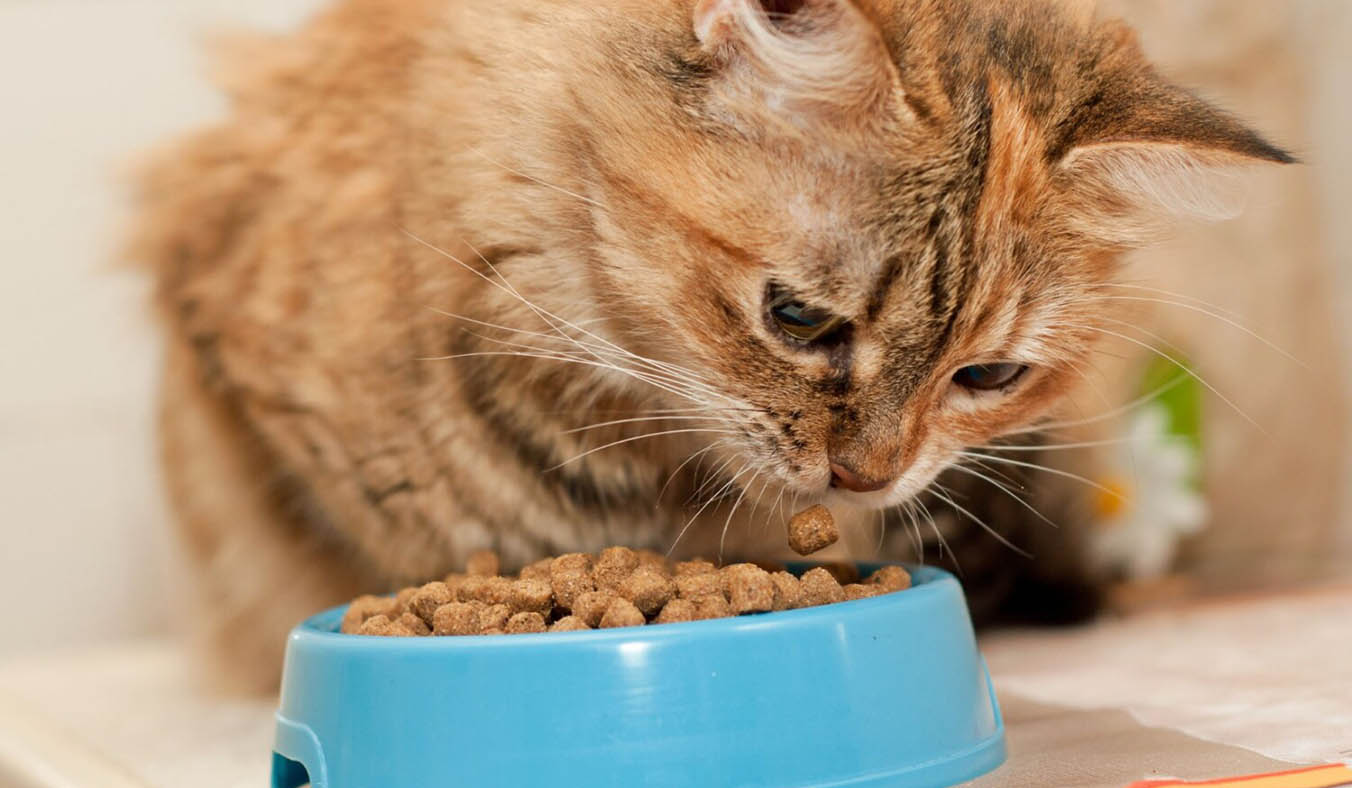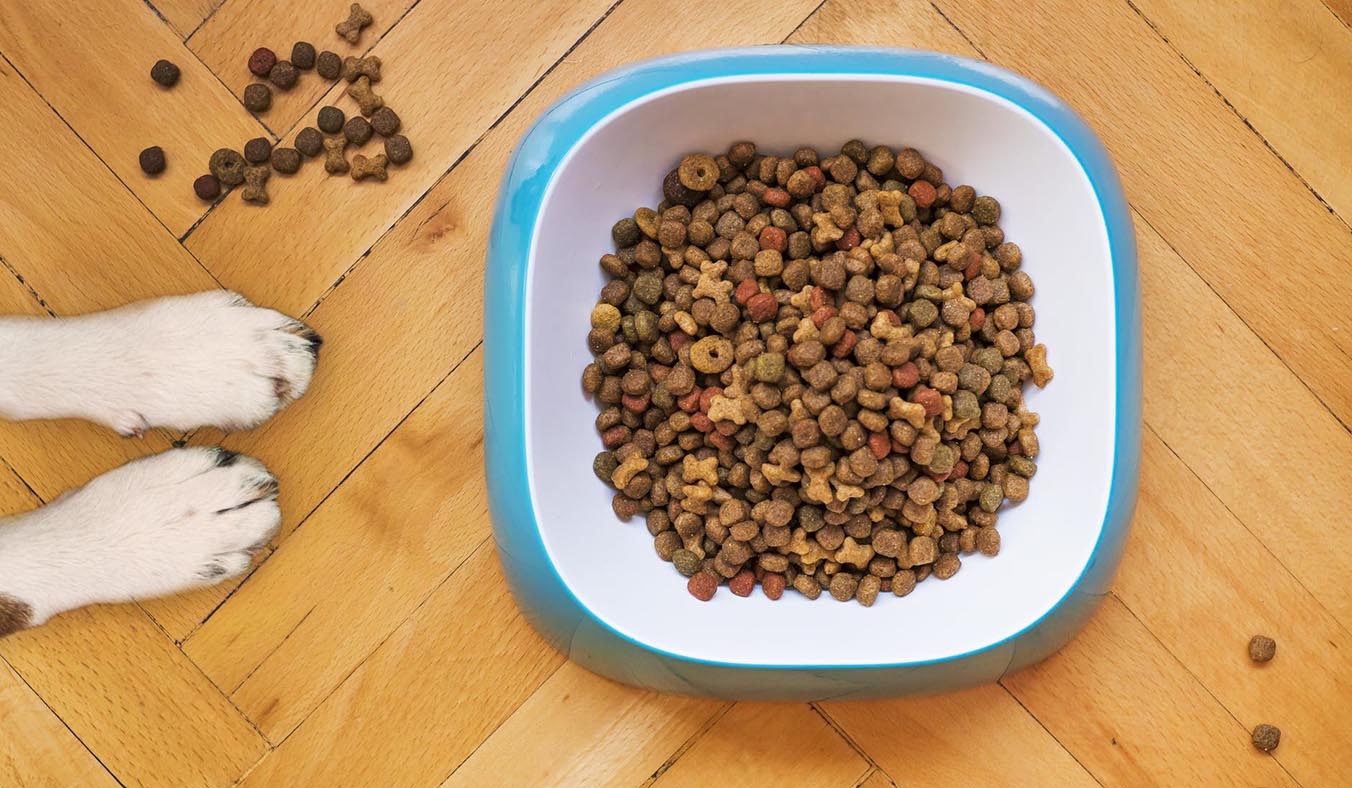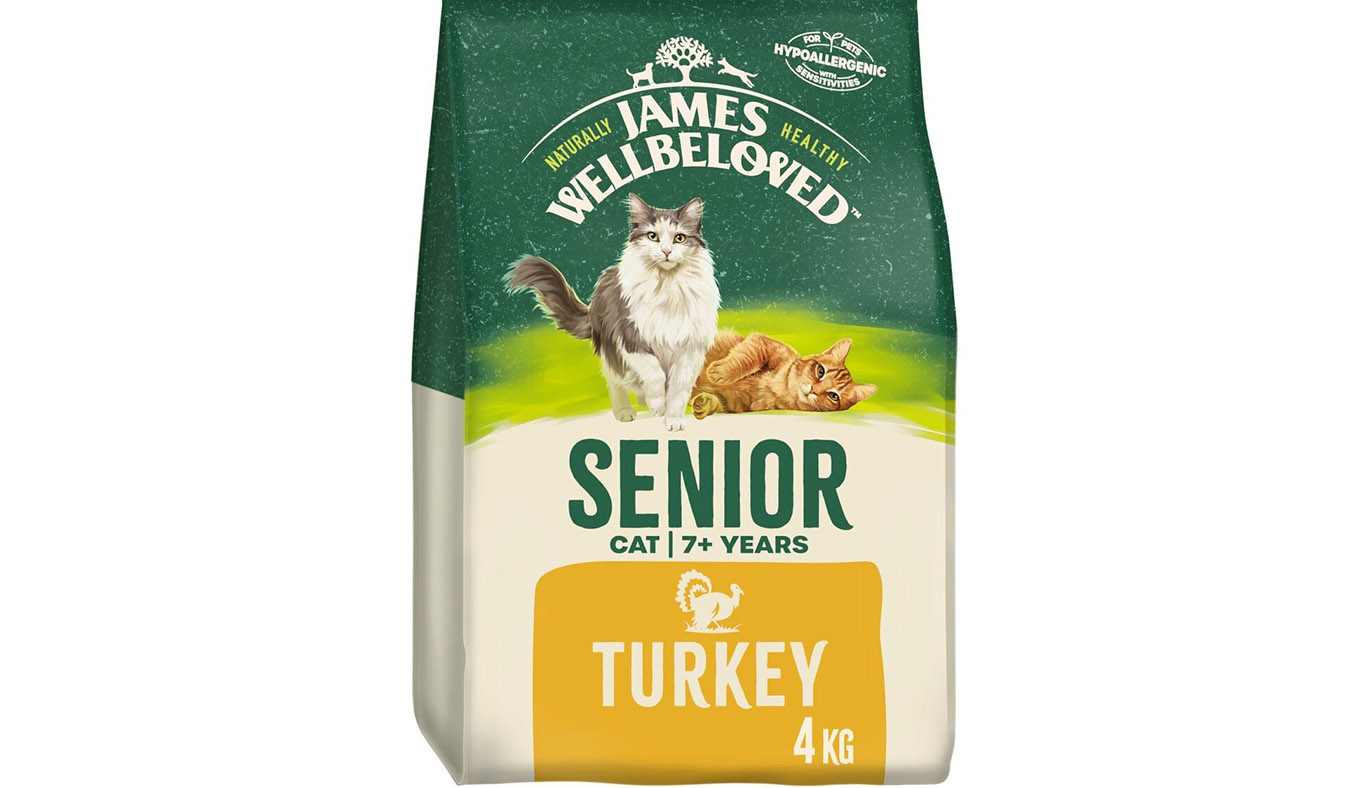Feeding a cat might seem simple at first, but the more I learned, the more I realized how complex it can be. I used to think that picking a well-known brand would be enough—if my cat enjoyed eating it, had normal stools, and didn’t get sick, I was doing fine. But then one day, I took a closer look at the ingredient list of several cat foods and realized just how superficial my understanding had been. We often think we’re making thoughtful choices, but in reality, marketing slogans and flashy packaging often influence us more than we care to admit—while overlooking what our cats actually need.
One of the most frequent dilemmas I face is choosing between “high-protein” and “hypoallergenic” formulas. One emphasizes a rich, natural diet similar to what a cat might hunt in the wild, while the other promises gentleness and reduced risk of allergic reactions. So, which is better?
Cats Are Obligate Carnivores—High Protein Meets Their Natural Needs
One of the biggest differences between cats and dogs in terms of diet is that cats are obligate carnivores. This means their bodies, metabolic systems, and digestive enzymes have evolved specifically to process animal-based proteins.
Cats need protein not just to build muscle, but also to support many essential bodily functions. For example:
- Tissue repair and metabolism: Cats have a fast metabolism and a high need for tissue maintenance and renewal, which demands a significant intake of protein.
- Immune system and enzyme support: Many immune-related compounds and enzymes are protein-based. Without sufficient protein, a cat’s immune function may be compromised.
- Heart and vision function: Taurine is an essential amino acid that cats cannot produce on their own. They must obtain it from animal protein sources. A deficiency can lead to cardiomyopathy or vision problems.
But High-Protein ≠ More Nutrition—The Hidden Traps Behind Labels
While high-protein cat foods sound ideal, not all of them are created equal. There are a few common pitfalls that are worth noting when evaluating them:
- “High Protein Content” ≠ High Animal Protein
Some budget-friendly brands artificially boost their protein numbers by adding plant-based proteins like soy meal, corn gluten meal, or wheat protein. These have incomplete amino acid profiles that cats cannot fully utilize. When checking the ingredient list, make sure the first few ingredients are clearly identified animal-based proteins, not plant-derived substitutes. - “Animal By-Products” Aren’t All Bad—but Transparency Matters
Ingredients labeled as “chicken by-product meal” or “meat by-products” might include organs, bones, or connective tissue. While these can be nutritious, the quality varies. If the label specifies the source, such as “chicken liver” or “beef heart,” that’s generally acceptable. However, vague terms like “meat by-products” are a red flag, indicating a lack of transparency. - Too Much Protein Can Stress the Kidneys
For senior cats or those with chronic kidney disease or urinary issues, excess protein can worsen their condition. In such cases, it’s better to go with digestible, moderate-protein therapeutic diets that reduce nitrogen load and are easier on the kidneys.
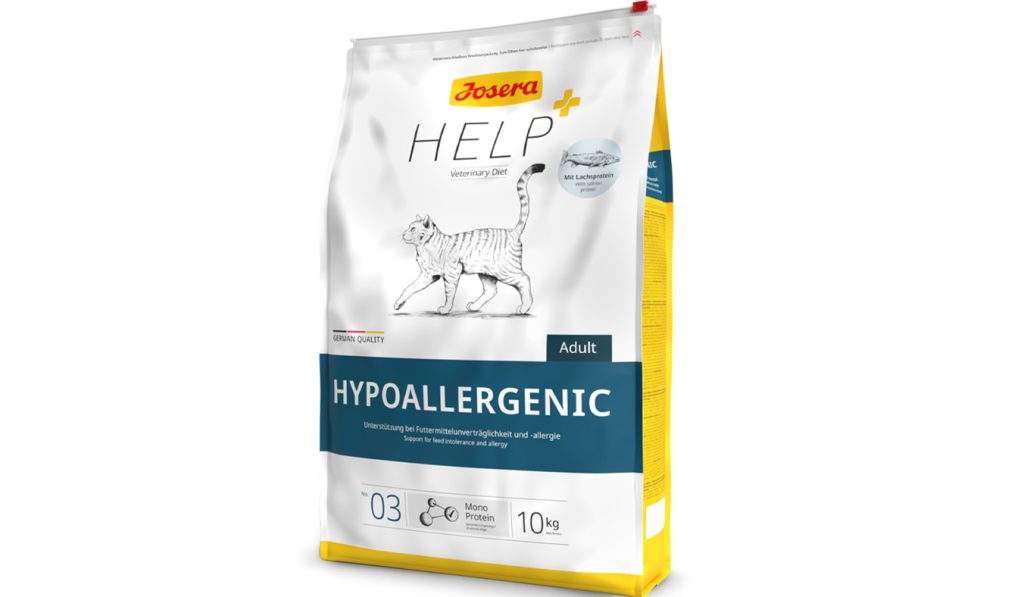
So when choosing high-protein cat food, it’s not just about the percentage—it’s about quality + appropriate quantity. Only this combination truly benefits your cat’s health.
Hypoallergenic Cat Food: Gentle and Safe for Sensitive Cats
Hypoallergenic formulas are often recommended for cats with itchy skin, chronic ear infections, gastrointestinal sensitivities, or long-term diarrhea. The core features of hypoallergenic cat food include:
- Eliminating common allergens: These diets often avoid chicken, wheat, corn, and dairy.
- Novel protein sources: They use meats cats have had less exposure to, such as duck, rabbit, turkey, or venison, which lowers the chance of an allergic reaction.
- Hydrolyzed protein technology: Some hypoallergenic formulas break down large protein molecules into smaller amino acid chains, making them less likely to be recognized by the immune system and therefore reducing allergic responses.
- Added probiotics and digestible ingredients: These support gut health and nutrient absorption.
Hypoallergenic formulas are usually found in veterinary prescription diets or specialized functional foods. While often more expensive, they’re worth the investment for cats with sensitivities, helping improve their comfort and overall quality of life.
High-Protein vs. Hypoallergenic: Which Should You Choose?
A common question I get is: Should I feed my cat a high-protein diet or a hypoallergenic one? The answer depends on your cat’s age, health, lifestyle, and individual sensitivities:
- Healthy adult cats with high energy levels and glossy coats
→ Prioritize high-quality animal protein, clearly labeled, with around 40% protein content. - Cats with sensitive stomachs prone to loose stools or diarrhea
→ Start with high-protein foods using limited, novel protein sources (e.g., venison and peas or duck and sweet potato). If issues persist, transition to a hydrolyzed protein hypoallergenic diet. - Cats frequently scratching, losing fur, or with red, inflamed ears
→ These are common signs of food allergies. Switch to hypoallergenic food using an entirely new protein (like rabbit or catfish) with a grain-free recipe. - Senior cats or those with kidney issues
→ Avoid high-protein diets. Opt for low-phosphorus, moderate-protein, highly digestible formulas, ideally under veterinary supervision. - Kittens
→ Require more energy and high-quality protein for growth. Choose protein-rich formulas but monitor digestibility and palatability to avoid stomach issues.
How to Read a Cat Food Label
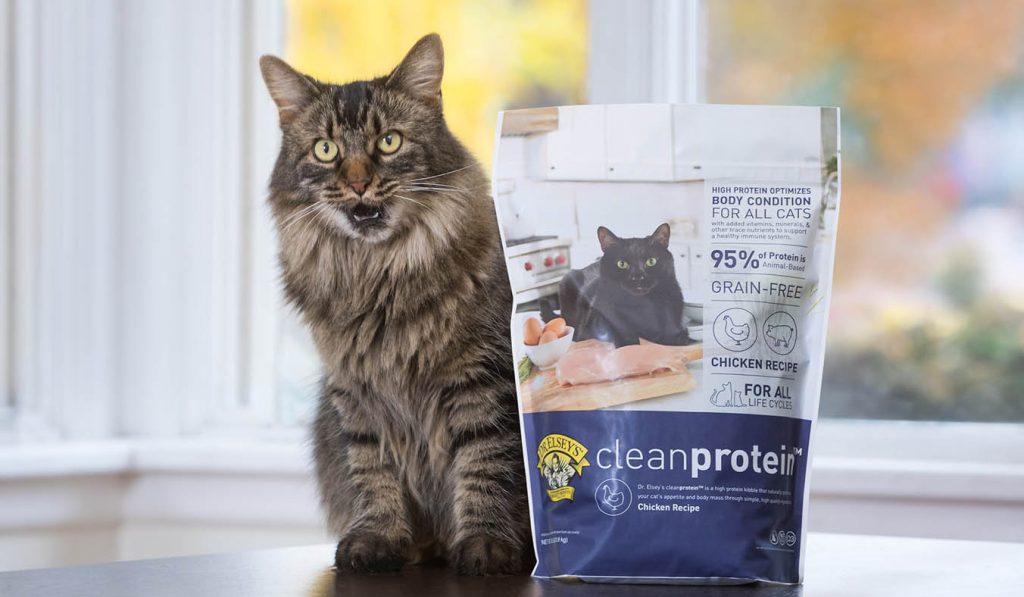
Understanding the ingredient list is the first step in choosing a truly nutritious cat food. Here’s what to look for:
- Top five ingredients matter most: These make up the bulk of the food. Look for clearly named meat sources like “deboned chicken,” “salmon,” or “duck meal.”
- Avoid vague, low-quality ingredients: Steer clear of labels that say “meat by-products” or “animal protein” without specification.
- Check for fillers and grains: Low-quality products often use corn, wheat, or rice as fillers. Cats don’t require high levels of carbohydrates.
- Protein content should range from 30%–45%: But again, focus on the source of the protein, not just the number.
- Look for nutritional boosters: Ingredients like taurine, omega-3 fatty acids (for coat health), probiotics, and vitamin E are all positive additions.
How to Transition to a New Cat Food
Whether you’re switching to a high-protein formula or trying a hypoallergenic diet, it’s essential to do it gradually:
- Days 1–3: Mix 25% new food with 75% old food
- Days 4–6: Mix 50% new with 50% old
- Days 7–9: Increase to 75% new, 25% old
- Day 10 onward: Fully transition to the new food
During the transition, monitor your cat’s stool, coat, and overall energy. If you notice vomiting, diarrhea, or hair loss, pause the transition and consult your vet.
Good Nutrition = Longer, Healthier Life
Choosing the right cat food is one of the most basic yet important responsibilities of a cat owner. But it’s far from easy. It’s not just about picking a brand or a beautiful bag—it’s about understanding what goes into your cat’s bowl and how it supports their health.
Every cat has different needs. They can’t tell us when a food makes them itchy or upset their stomach. So it’s up to us to observe, learn, and make choices informed by real nutritional science.
